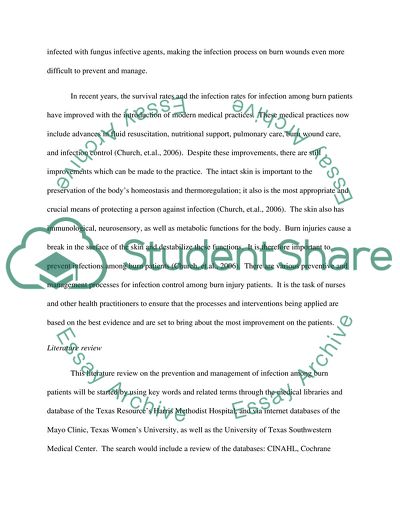Cite this document
(“Infection among Burn Patients Research Paper Example | Topics and Well Written Essays - 2000 words”, n.d.)
Retrieved from https://studentshare.org/nursing/1580239-prevention-and-management-of-infection-in-burn-patients
Retrieved from https://studentshare.org/nursing/1580239-prevention-and-management-of-infection-in-burn-patients
(Infection Among Burn Patients Research Paper Example | Topics and Well Written Essays - 2000 Words)
https://studentshare.org/nursing/1580239-prevention-and-management-of-infection-in-burn-patients.
https://studentshare.org/nursing/1580239-prevention-and-management-of-infection-in-burn-patients.
“Infection Among Burn Patients Research Paper Example | Topics and Well Written Essays - 2000 Words”, n.d. https://studentshare.org/nursing/1580239-prevention-and-management-of-infection-in-burn-patients.


